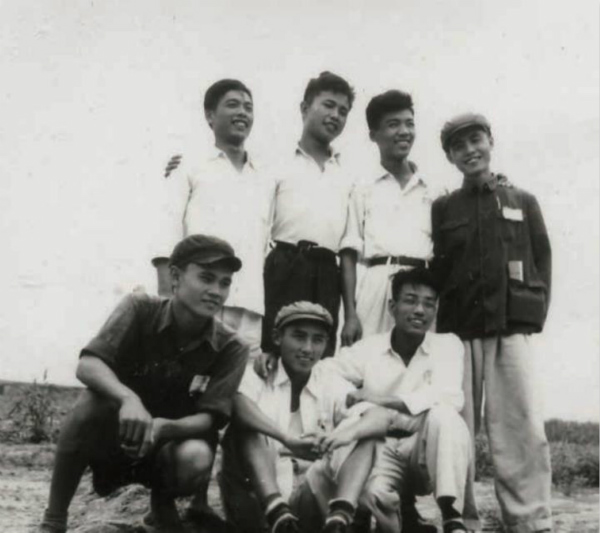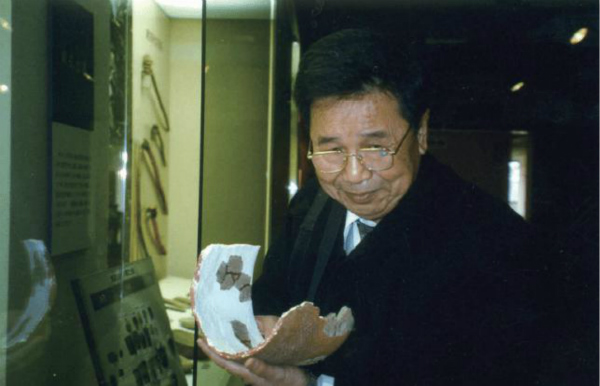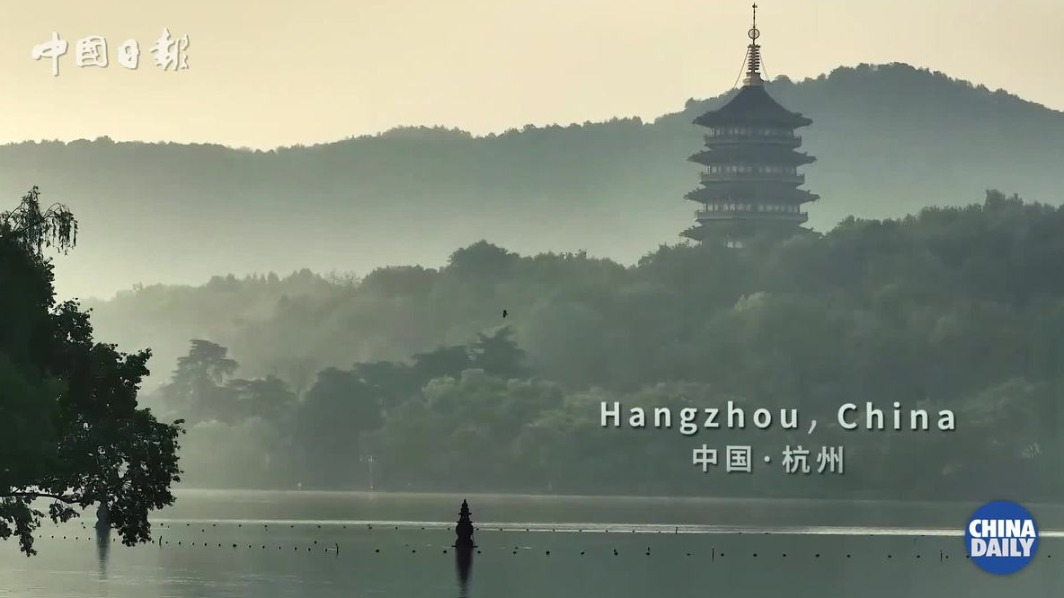Mu Yongkang, pioneer of archaeology in Zhejiang

Mu Yongkang (back row, second from left) poses with his classmates at the Banpo Neolithic relic site in September 1954. [Photo/hangzhou.zjol.com.cn]
Mu Yongkang (1933-2017), is a pioneer of archaeology in Zhejiang province.
He was involved in field investigations, excavations, and research for over 60 years. He made important contributions to the research of prehistoric culture in Zhejiang, the study of prehistoric jade, the origin of Chinese civilization, and the exploration of Zhejiang porcelain kiln sites.
On May 5, 1953, he was assigned to the provincial institute of archaeology and participated in nearly all important excavations in Zhejiang. Throughout his 60-year career, he always insisted on focusing mostly on field investigations. He believes that the value of archaeology lies in helping people understand the history of the nation, rather than in the monetary value of cultural relics.
In 1954, Mu completed his first excavation at a site in Hangzhou. He then took part in the excavation of Erligang, the ruins of the Shang Dynasty (c. 16th century-11th century BC). The excavation was very difficult and taught him what real archaeological work was like.

Mu Yongkang at work [Photo/hangzhou.zjol.com.cn]
The Hemudu Archaeological Site in Yuyao was discovered in 1973, and Mu was among the first to excavate and research the famous site.
He drafted a report on the main discoveries from the excavation of Hemudu in 1976. In spring of the following year, he pointed out the four different phases of Hemudu culture and discussed the connection between them. A comprehensive discussion was carried out on Hemudu culture, the connection between the Hemudu and Majiabang cultures, and the chronology of the cultures.
This excavation shook the foundations of Chinese archaeology in the Central Plains, and the discovery of the 7,000-year-old Hemudu Archaeological Site was written into history textbooks.
In 1986 and 1987, a large number of jade artifacts were unearthed at the Liangzhu City Archaeological Ruins, leading Mu to propose the concept of a "Jade Age".
Mu believes that jade artifacts represented the worship of the sun in East Asia, and was as a unique feature of Chinese civilization. Jade ritual artworks are often associated with the emergence of Eastern civilization. He also believes that archaeology should be studied in an interdisciplinary way.
-
'Nice' to meet you, Hangzhou
May 6, 2024



